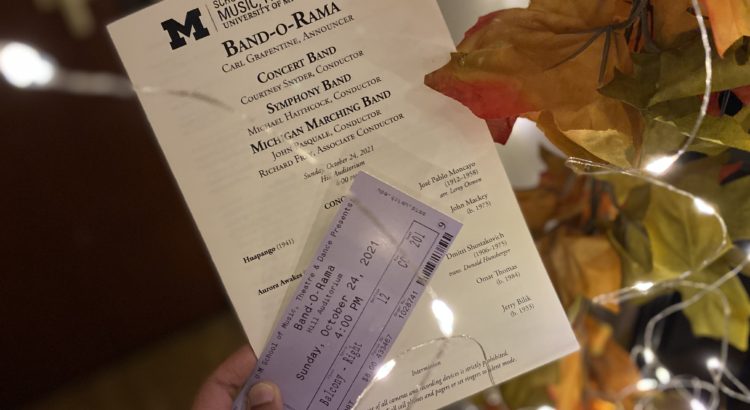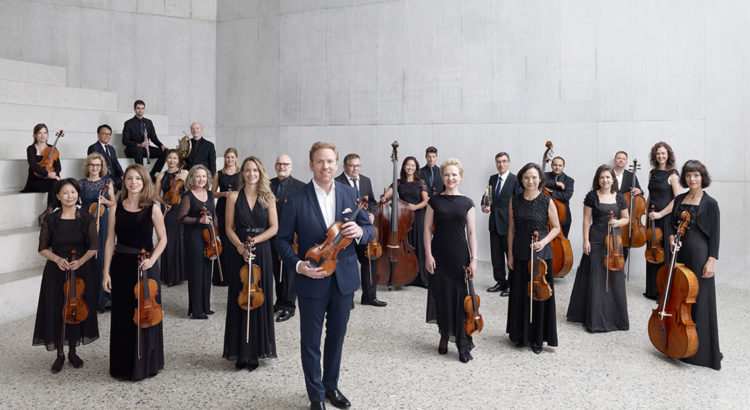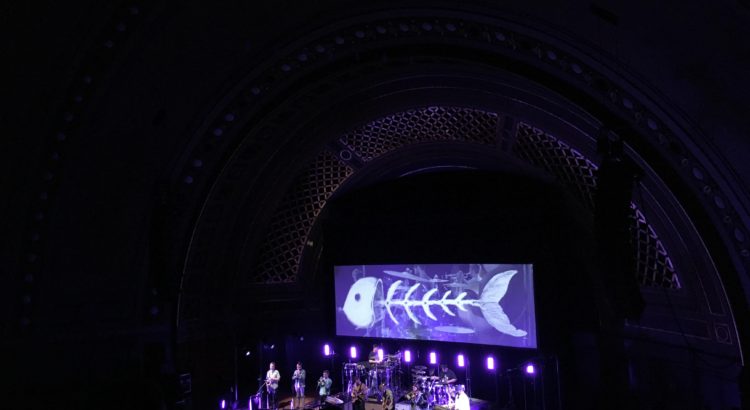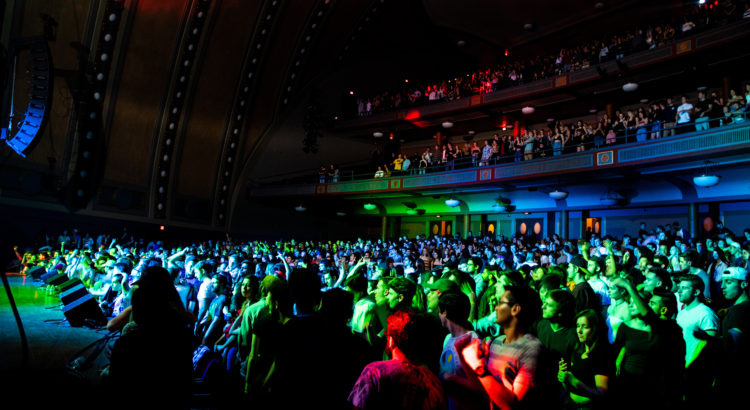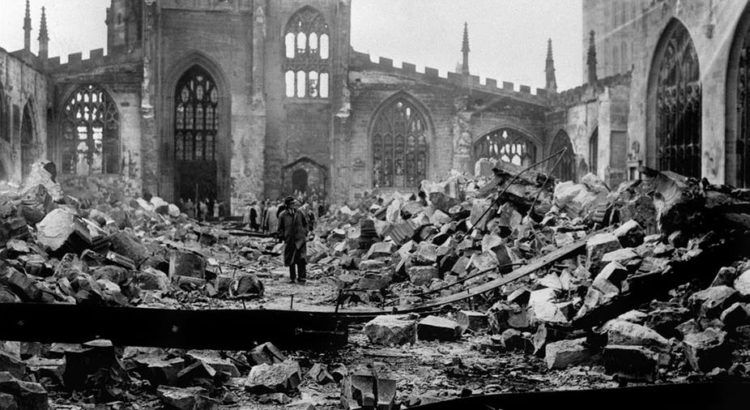A week ago, I ran into an acquaintance in a dining hall. This particular acquaintance happens to be in the Michigan Marching Band, always there at those lively Saturday home games. However, I’m not one for watching football, so I’ve never gone to any of the games. I felt a bit guilty because I’d told this person before that I’d love to see her perform, yet I’ve never bothered to go to a game. So then, I ask her if the band ever has a separate concert where they perform, because I would really like to see them in action.
That’s how I ended up on a damp Sunday evening, holding up my umbrella when I had previously been adamant not to, outside Hill Auditorium. I was ready for Band-O-Rama.
My nice boots are darkened by wetness and I feel a slight sense of trepidation as I walk in. Despite being a musician myself, I had never actually been to a concert before; along with that, there were more families and elderly people than students, making me feel out of place. Nonetheless, I took pleasure in the grand auditorium’s warmth and my elevated seat on the balcony.
The event began with the Concert Band; they performed two pieces: the playful Huapango, followed by the vibrant Aurora Awakens. I often think I’m a better writer than musician, so thinking in metaphors comes easier than thinking musically, which is why to me the beginning of Huapango drew the image of floating birds through its pulsing rhythm. Eventually, there was a quiet pianoforte moment played by the horns and flutes that gave the effect of sound coming out of a radio. Next, came Aurora Awakens, which was described to be inspired by Aurora the Roman goddess of beauty and light, “heralding the coming of light.” The band mimicked such a theme dazzlingly, as they produced vibrations that brought to mind the rising of a dreary dawn. The flutes fluttered like waking eyelashes. Then, the xylophone twinkled like skittering critters, transitioning the lazy dawn into an energetic morning. By the sound of the audience’s applause at the end, it was not hard to conclude that the closing piece was a favorite.
Next, the Symphony Band came in, opening with Festive Overture with triumphant fanfare. At this point, I realized that the flutes may be my favorite with the way they rolled like soft waves and encapsulated the sound of fairies. Soon after, was Come Sunday, which is split into two movements, “Testify” and “Shout!”; the announcer said that the piece is a union of “jazz, blues, and R&B,” and surely, the influence was prevalent. The beginning was marked with a smooth saxophone riff, and later, the flutes repeated it in a manner that mirrored chorusing children (insert more audience applause). The “Shout!” segment moved on from the smoothness into the catchiness that signifies a blues or R&B tune, spurring the audience to clap along. Finally, the Symphony Band ended just as triumphantly as they began with Victors Valiant, a familiar tune to anyone who frequents University of Michigan football games.
There was a brief intermission before the Michigan Marching Band’s turn (my whole reason for coming in the first place), so I took the time to explore Hill Auditorium — or at least whatever was on the floor I was on. In turn, I was pleasantly surprised by the display of many violin and viola-esque instruments (the violinist in me thrilled with interest). The exhibit was titled “Fancy Fiddles” (while I appreciate the alliteration, I still feel the name to be a bit lackluster — but I guess I shouldn’t talk because I can’t think of a better one). Inside glass display cases were many foreign and antique instruments that followed the general theme of having wound strings and bows.
After a fifteen-minute detour, I was back in my balcony seat anticipating the arrival of the Michigan Marching Band. I had only seen them perform once before during a pep rally and I was excited to re-live the experience. The audience seemed hyped as well, as members trickled onto the stage, flexing their endurance with a sequence of uniform high-knees. They played a multitude of medleys that are usually performed during football games. Flags lined the lower audience isles during the energy invoking M Fanfare and the mocking and haunting Temptation. Pop culture significant tunes were included with the likes of Hamilton’s “Who Lives, Who Dies, Who Tells Your Story,” Cascada’s “Everytime We Touch,” and Lady Gaga’s “Born This Way.” The audience was invited to be as sonorous and spirited as the band with claps and dancing.
At some point in the middle, there was a feature performance by the marching band’s drumline. Despite a majority of the whole band being gone from the stage, the drums were just as loud and impressive. The motions of their hands were a spectacle in and of itself.
The show ends with a second performance of The Victors. Later, as I trickled out with the rest of the audience I overheard enthusiastic words of praise to which I silently agree.
When I’m out again, ready to head back to my dorm, it was still raining. Holding up my umbrella was irksome and a hassle against the cold wind, but I found that I really didn’t mind it as much as before.


